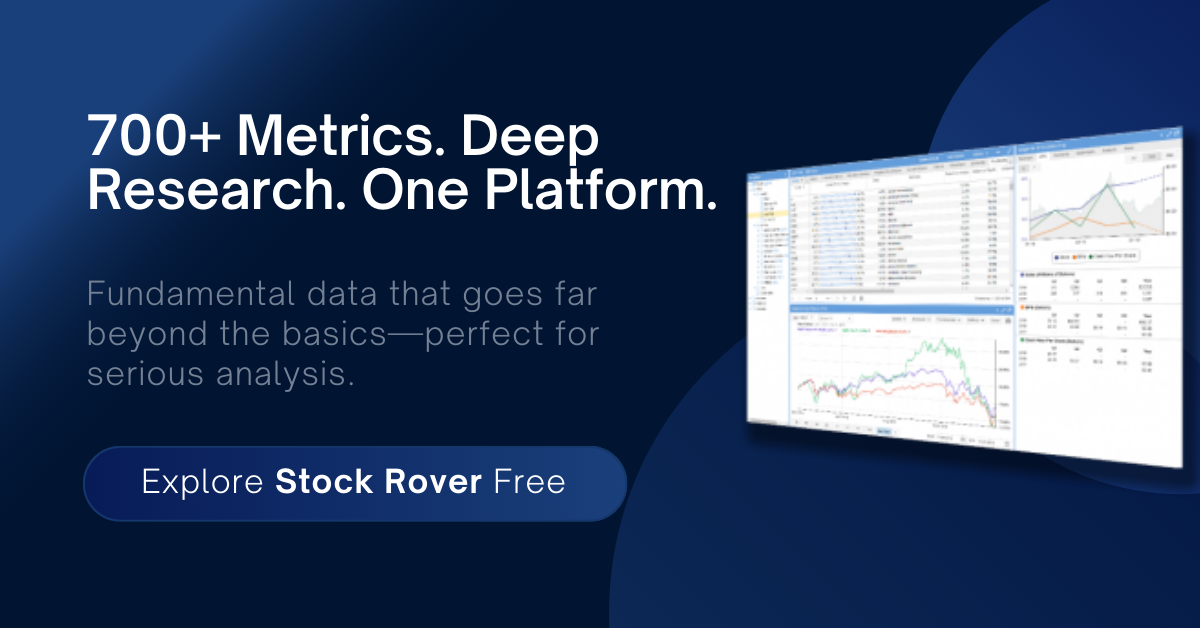
In the world of academia, elegance often trumps reality.
You’re told to trust the math. That beta knows your risk, and CAPM tells you your return. The neatness is seductive—plug in a few numbers and out comes a risk-adjusted return. But what if this elegant formula collapses the moment real money is at stake?
For value investors, especially those operating in the murky waters of small and micro-cap stocks, CAPM creates more blind spots than insights. It treats volatility as risk and assumes markets are efficient and investors are rational. These premises may comfort theorists—but they crumble under the weight of real-world investing.
If you’re long-term oriented, valuation-driven, and think in probabilities rather than formulas, this article confirms what you’ve always suspected: beta doesn’t speak your language.
The Comfort of CAPM: Why It’s So Widely Taught
CAPM offers a tidy equation: Expected Return = Risk-Free Rate + Beta × (Market Return – Risk-Free Rate)
It feels like control. It feels like science. That’s why it’s standard fare in MBA classrooms, taught as gospel in finance programs, and embedded in how institutional asset managers justify decisions. It reduces risk to a single variable. It promises simplicity and objectivity. And for large institutions, that simplicity is often the point.
It perpetuates the falsehood that active investors can’t beat the market without taking on more risk.
But that neatness comes at a cost—especially when beta becomes a substitute for true due diligence. In the real world, volatility isn’t your enemy. Misjudging intrinsic value is. And ironically, CAPM often leads you to misjudge both risk and opportunity by ignoring what matters most: the business itself.
The Problem With Beta: Volatility Isn’t Risk
Beta is a statistical measurement of historical price changes in relation to market movements. It looks backward, not forward. And more importantly, beta is not a constant. It shifts over time and across the lifecycle of a company.
A growth-stage business may show a low beta early on due to low trading volume or investor neglect, only to see its beta spike as it matures or gains attention. Conversely, mature companies might show low beta even as their core business deteriorates.
This time-variability makes beta a shaky foundation for estimating future returns or gauging real risk. It assumes stability in a world that’s anything but stable. When conditions shift—as they always do—beta’s usefulness erodes just when you need clarity the most.
Beta doesn’t care about fundamentals. It doesn’t consider earnings quality, capital efficiency, or the durability of a company’s moat. In effect, it says the business doesn’t matter—only the stock price does.
But volatility cuts both ways. A stock that surges on strong fundamentals may have high beta. So does a stock that collapses. CAPM treats both the same. But you, as a value investor, don’t.
A high-beta company can be a cash-rich compounder. A low-beta stock can be a leveraged zombie. CAPM misses that nuance. And that’s a problem for those of us who actually care what we own.
Want another example? Small cap value stocks are the best performing asset class over time, adjusted for risk. Small cap stocks are also most volatile stocks compared to its large cap and mid cap peers. If CAPM were to hold, the risk-adjusted returns would not be materially different between different asset classes. (we are using the CAPM definition of risk here)
💼 Minimal Form. Maximum Craftsmanship.
Handcrafted Leather Card Holder Wallet – 5 Pockets
Streamlined for everyday use, this slim wallet is hand-stitched from premium Italian Buttero leather. It slips effortlessly into your pocket while aging beautifully with time and use.
- Full-grain, vegetable-tanned leather from Conceria Walpier in Italy
- Five compartments for cards and cash without the bulk
- Saddle stitched by hand for lasting durability and refined detail
A quiet essential for the well-organized investor.
Assumption #1: Markets Are Efficient
CAPM assumes markets are perfectly efficient. Every piece of information is instantly priced in. Stocks always reflect fair value. You know that’s fiction.
Analysts chase hype and miss red flags. Algorithms front-run sentiment. Passive flows move stocks without regard to fundamentals. Efficiency is a theoretical crutch, not an investing edge.
You’ve seen quality companies ignored for years. You’ve watched meme stocks double overnight. Markets are only efficient in hindsight—and even then, only in the aggregate.
In small-cap value, inefficiencies aren’t bugs. They’re features. That’s where real alpha lives. We earn our edge by asking sharper questions and looking where others don’t.
Assumption #2: Risk Is Symmetric and Normally Distributed
CAPM assumes returns are normally distributed—your downside is equal to your upside.
But reality isn’t symmetric. It’s lumpy. It’s chaotic. Tail risks happen often. And returns are driven by a handful of outsized gains.
A mispriced small-cap can deliver 200% upside. The downside, protected by margin of safety, might be 20%. That’s intelligent asymmetry—something CAPM penalizes.
The model dismisses volatility as dangerous, even when it includes upside. And it encourages conservatism right when boldness is needed.
A Better Risk Lens: Margin of Safety, Not Beta
Instead of asking “How volatile is this stock?” ask:
- What’s the worst-case scenario if this company fails?
- What is the true underlying business worth?
- Do I have a cushion if things go wrong?
Beta can’t answer those questions. Margin of safety can.
This is real investing. You’re not a speculator—you’re a business owner. That mindset changes everything.
You start asking: Is cash flow sustainable? Is management competent and aligned? Are we buying below liquidation value? These are the tools of a practitioner, not a theorist.
Why We Use Kelly, Not CAPM
At Astute Investor’s Calculus, we don’t size positions using beta. We use the Kelly Criterion, designed to maximize long-term growth while minimizing the risk of ruin.
Kelly factors in expected return, volatility, and asset correlation. It adjusts dynamically as your thesis evolves. Unlike CAPM, which remains static until your inputs change—often too late.
Kelly imposes discipline. It rewards conviction backed by evidence and penalizes overconfidence. It keeps your portfolio balanced but bold where it matters.
Most importantly, it aligns with how real-world investing works. You size up only when the odds are in your favor. You size down when risk rises or upside compresses. That’s how you build wealth through strategy, not structure.
CAPM vs. Real Investing: A Quick Comparison
| Concept | CAPM Perspective | Value Investor’s Reality |
|---|---|---|
| Risk | Volatility (Beta) | Permanent capital loss |
| Return Target | Market-based + premium | Business-driven, intrinsic value based |
| Portfolio Size | Arbitrary or equal-weighted | Optimized using Kelly Criterion |
| Market View | Efficient markets | Inefficient, mispriced opportunities |
| Capital Flow | Reactive to beta rankings | Proactive based on valuation/momentum |
| Risk Handling | Symmetric distribution | Asymmetric, downside-protected |
CAPM May Teach, But It Can’t Build Wealth
CAPM has its place. It makes a tidy slide in a deck. It might help someone rationalize a decision. But when real dollars are involved, elegance is no substitute for accuracy.
CAPM doesn’t tell you what a business is worth. It doesn’t show you quality. It doesn’t warn you about permanent capital loss.
But you care about those things. That’s why you’re here. You understand that real investing requires understanding risk, not just measuring it. You want a strategy that helps you compound—not a model that explains away your underperformance.
If you’re done outsourcing judgment to formulas, you’re in the right place. Subscribe. Stick around. Let’s invest like realists—not theorists.

Shailesh Kumar, MBA is the founder of Astute Investor’s Calculus, where he shares high-conviction small-cap value ideas, stock reports, and investing strategies.
His work has been featured in the New York Times and profiled on Wikipedia. He previously ran Value Stock Guide, one of the earliest value investing platforms online.
Subscribe to the Inner Circle to access premium stock reports and strategy insights.
Featured in:








